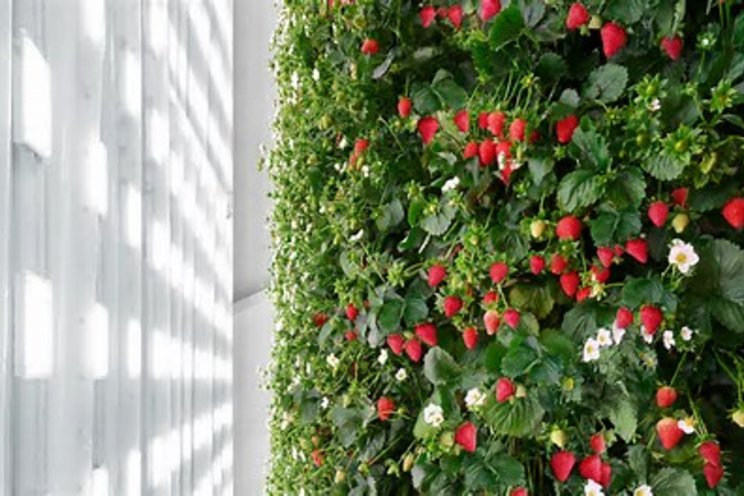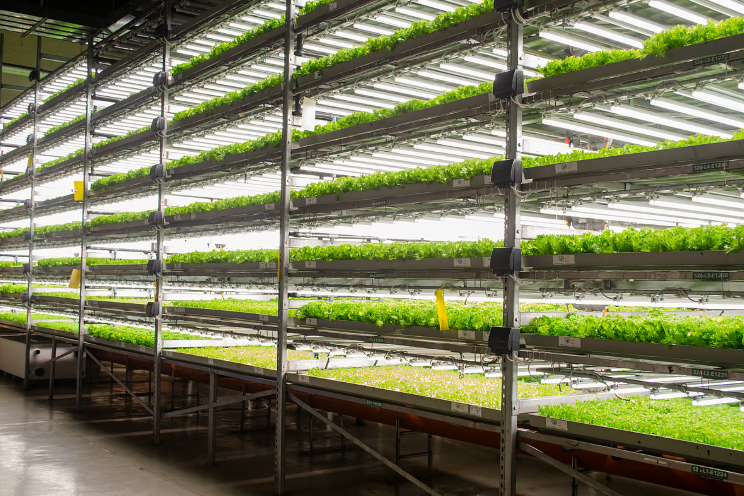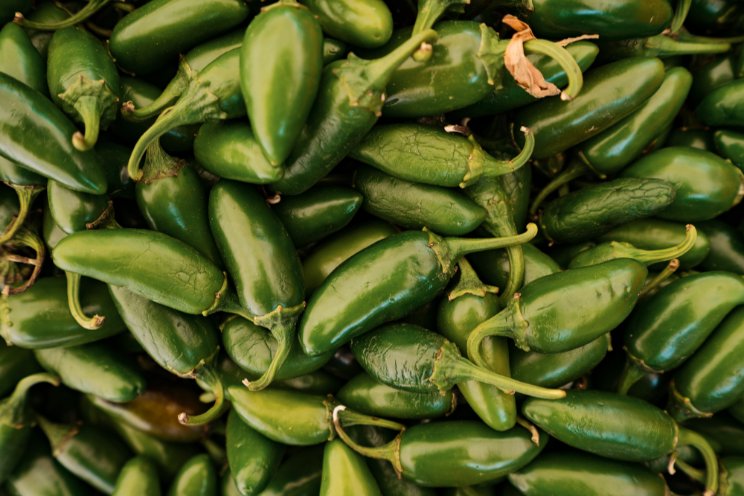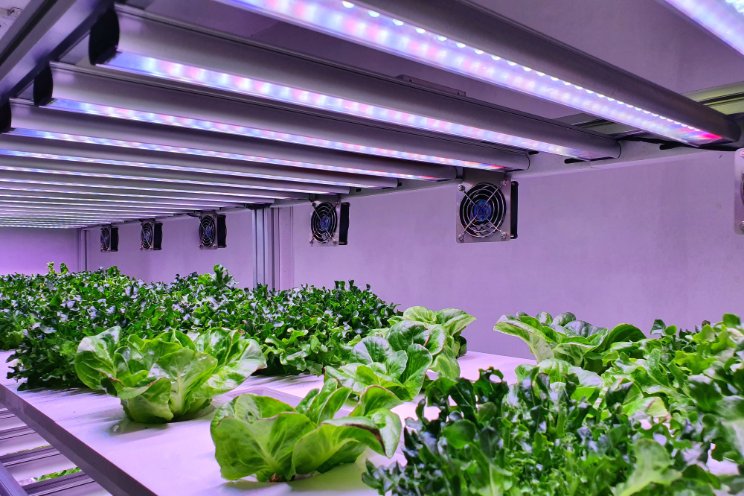Vertical farming reaches new heights
Added on 02 May 2023
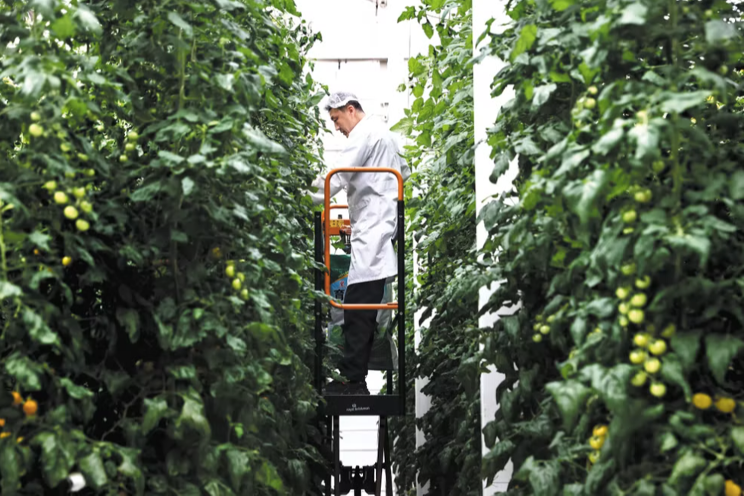
Cherry tomatoes hang up to 13 feet high, ripening on tiered shelves in the greenhouse, where the temperature is maintained between 15C and 30C throughout the year. Worker bees occasionally emerge from hives in the structure.
Fruits and vegetables are nourished in liquid nutrient solutions, rather than being grown in soil, thanks to vertical farming. This agricultural technique was developed by scientists to overcome a lack of resources, particularly as the world’s population continues to rise.
The United Nations Food and Agriculture Organisation has said the global cropland area per capita fell from about 1.11 acres in 1961 to 0.52 acres in 2016. The UN also reported that the world’s population reached 8 billion in November 2022 and is expected to reach 9 billion by 2037.
Against this backdrop, vertical farming is seen as a way of maximising yield over a limited area by optimising resources and space.
As urbanisation accelerates in China, agricultural experts and leaders of new-farming companies are exploring ways to localise this agricultural technology to ensure that those living in cities have access to stable food supplies.
China’s urban population exceeded 920 million by the end of last year and will continue to rise, the National Bureau of Statistics said in January.
Vertical farming, first advocated by Dickson Despommier, a professor of microbiology at Columbia University in New York, involves growing local fresh produce in high-rise towers made from glass and steel.
He envisioned a 30-storey skyscraper able to provide food for 50,000 residents in downtown Manhattan, with about 160 such buildings providing food supplies for all the city’s residents throughout the year.
Abandoned garages and factories are ideal sites for vertical farming, with some farms in the US already producing vegetables in indoor or rooftop spaces, he said.
“Vertical farming enables plants to be grown in nutrient-rich water, with the light they require supplemented by artificial sources. Some resources considered useless in the city can be used in vertical farming, such as sewage and carbon dioxide in the air,” said Yang Qichang, deputy director of the Institute of Urban Agriculture at the Chinese Academy of Agricultural Sciences.
Photo: A worker trims cherry tomato stems on a vertical farm in Beijing (CREDIT: WANG JING / CHINA DAILY)
More news

